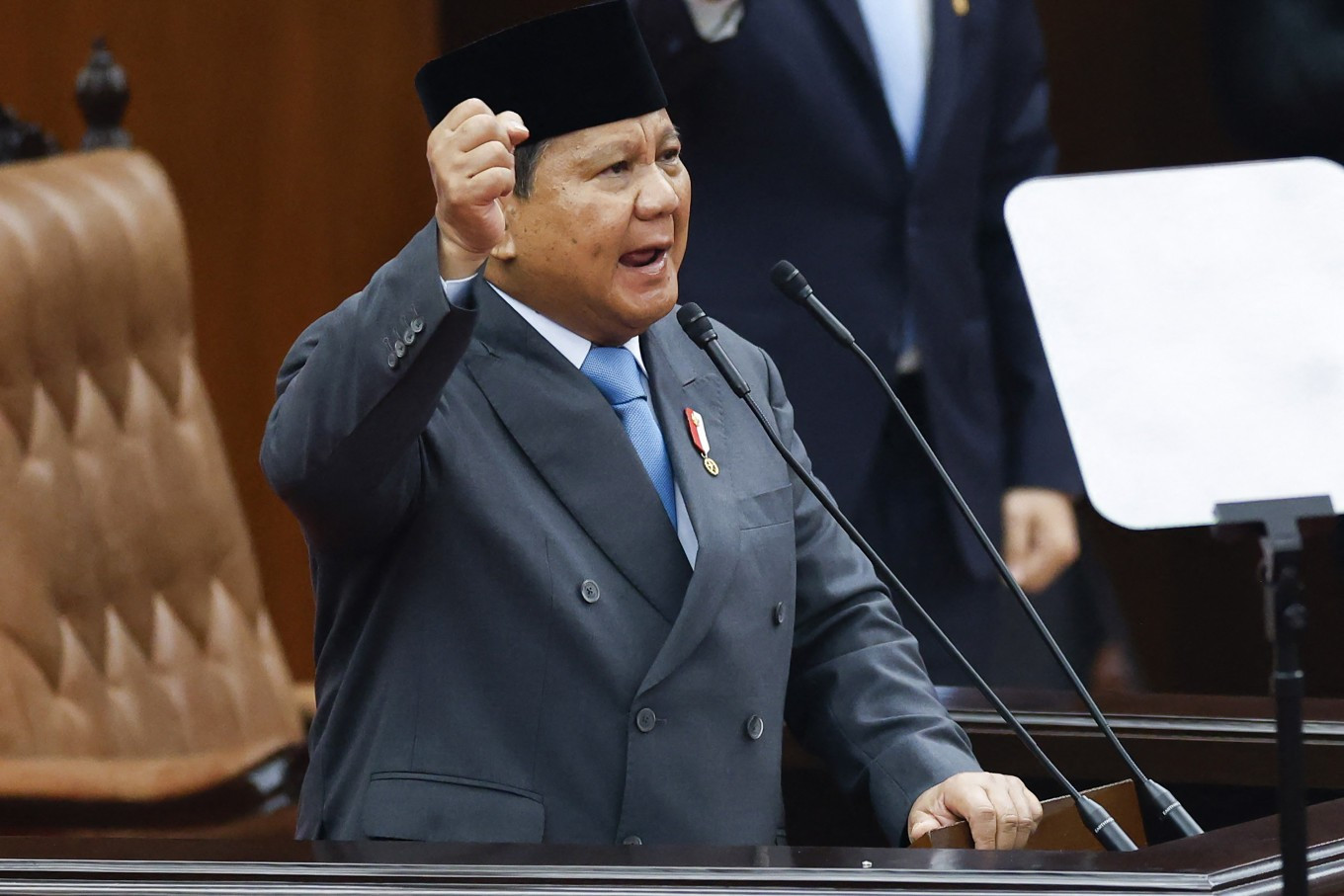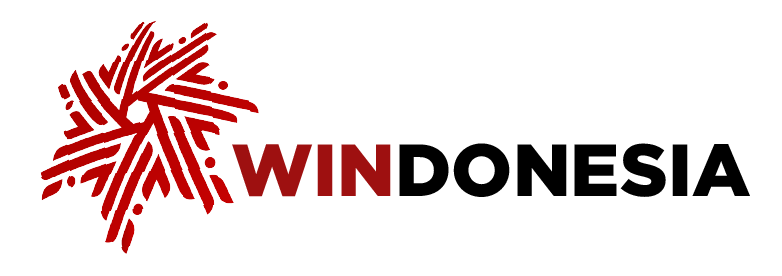News
Prabowo bets on 5.4 percent growth in 2026, testing fiscal discipline
Tenggara Strategics August 26, 2025 President Prabowo Subianto delivers his annual State of the Nation address on Aug. 15, ahead of the country's Independence Day in Jakarta. (AFP/pool/Ajeng Dinar Ulfiana)
President Prabowo Subianto delivers his annual State of the Nation address on Aug. 15, ahead of the country's Independence Day in Jakarta. (AFP/pool/Ajeng Dinar Ulfiana)
President Prabowo Subianto has set an ambitious growth target of 5.4 percent year-on-year (yoy) for 2026, as announced during the presentation of the 2026 state budget draft (RAPBN). The proposed budget seeks to narrow the fiscal deficit to 2.48 percent of gross domestic product, while increasing total spending by 7.3 percent to Rp 3.79 quadrillion (US$231.81 billion). However, the heavy price tag of the government’s flagship priority programs, combined with the emphasis on central government spending, austerity imposed on regional budgets and heavier reliance on tax revenue, could complicate the realization of these growth aspirations.
The budget draft reduces the fiscal shortfall from 2.78 percent in 2025 to 2.48 percent in 2026, while total expenditure rises from Rp 3.53 quadrillion in 2025 to nearly Rp 3.79 quadrillion in 2026. Of that figure, central government spending is set to increase by 17.8 percent yoy to Rp 3.14 quadrillion, while transfers to local administrations will shrink by 24.8 percent yoy to Rp 650 trillion, signaling a sharp centralization of fiscal resources.
Eight priority areas outlined in the draft are food security, energy, education, the free nutritious meal program, health care, village programs, universal defense and investment acceleration. Food security will take Rp 164.4 trillion, including Rp 53.3 trillion for fertilizer subsidies and Rp 22.7 trillion for the State Logistics Agency (Bulog), while energy security is allocated Rp 420.4 trillion. Education will receive Rp 757.8 trillion, though nearly half (44.2 percent, or Rp 335 trillion) will be absorbed by the free meals program. Meanwhile, healthcare spending is set at Rp 244 trillion, with Rp 69 trillion directed to health insurance assistance.
On the revenue side, the government expects income to grow by 9.84 percent yoy to nearly Rp 3.15 quadrillion in 2026. Tax revenue is projected to lead this growth, rising 13.5 percent yoy from Rp 2.08 quadrillion to Rp 2.36 quadrillion. While the government has pledged not to introduce new taxes or tariffs, concerns remain over the sustainability of this target given Indonesia’s low tax compliance, a large informal sector and a relatively low tax-to-GDP ratio of around 10 percent—among the lowest in ASEAN—as well as ongoing technical and administrative issues in the CoreTax system. These challenges raise the risk that the government may eventually resort to raising tax rates. Other revenue sources include customs and excise, targeted at Rp 334.4 trillion, and nontax revenue, projected at Rp 455 trillion.
The draft also refines macroeconomic assumptions into single targets: 5.4 percent GDP growth, 2.5 percent inflation, Rp 16,500 per US dollar exchange rate, 6.6–7.2 percent 10-year government bond yield, US$70 per barrel Indonesian Crude Price (ICP), 610,000 barrels per day (bpd) oil lifting and 984,000 barrels of oil equivalent per day (boepd) gas lifting.
However, experts warn that the 2026 tax revenue target may be overly ambitious. The Centre for Strategic and International Studies (CSIS) noted that Indonesia has historically achieved double-digit tax growth only during commodity booms, while the current outlook points to weaker global prices. Structural weaknesses also remain, with only 17 million out of 145 million working-age Indonesians paying taxes as 59 percent of the workforce is employed in the informal sector. In addition, expectations of a Rp 700–800 trillion contribution from state asset fund Danantara appear optimistic, since much of its portfolio is tied up in third-party funds.
Achieving 5.4 percent GDP growth in 2026 may also prove difficult amid falling prices of Indonesia’s mainstay commodities, such as crude palm oil. The International Monetary Fund (IMF) projects a more modest 4.8 percent growth, while also trimming its global growth forecast from 3.3 percent to 3.1 percent. Meanwhile, Indonesia’s downstream industry plans for 2026 continue to favor capital-intensive sectors over labor-intensive ones. The free meals program, which was intended to support labor-intensive industries, has seen sluggish fund disbursement, with only Rp 8 trillion out of Rp 71 trillion realized.
Efforts to shrink the deficit while funding flagship programs risk squeezing essential services. The free meals program, for instance, consumes a sizable portion of the education budget. Meanwhile, regions with fewer revenue sources than Jakarta have resorted to steep local tax hikes, such as higher land and building taxes, to compensate for reduced transfers. In some cases, this has already fueled unrest. In Pati regency, for example, a 250 percent hike in property tax triggered massive protests. Such over-centralization of spending and austerity for local governments could heighten fiscal strain and increase the risk of governance challenges and social instability.
What we've heard
Several government insiders, including officials at the Directorate General of Taxes, doubt that next year’s tax revenue target set in the 2026 state budget can be achieved. They implicitly acknowledge that the government’s revenue goal is overly ambitious, especially given the planned 13.5 percent increase from this year’s projection.

